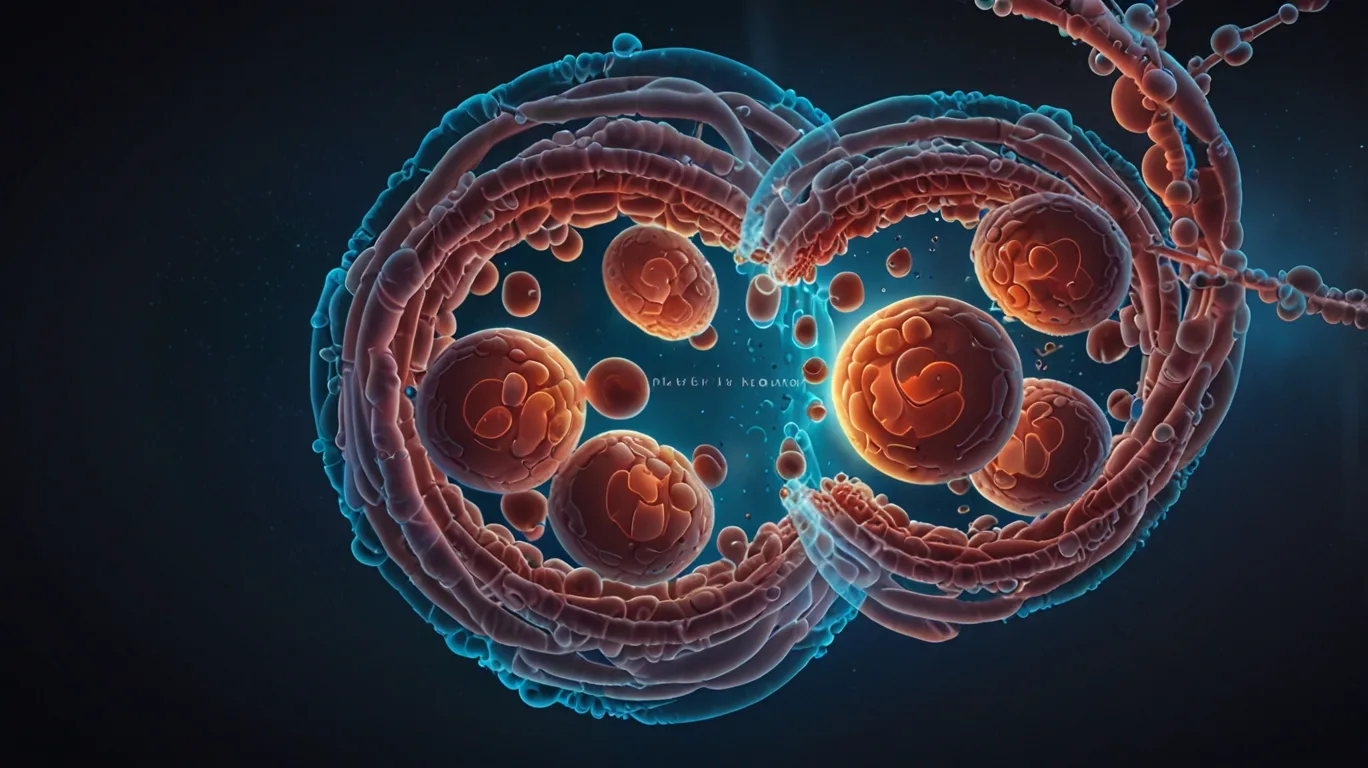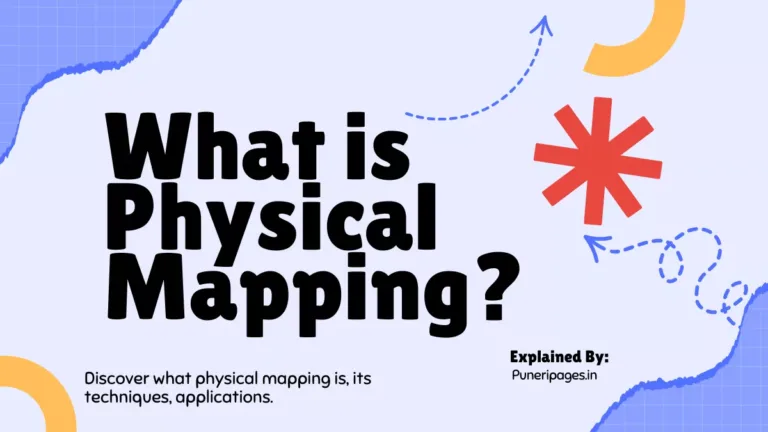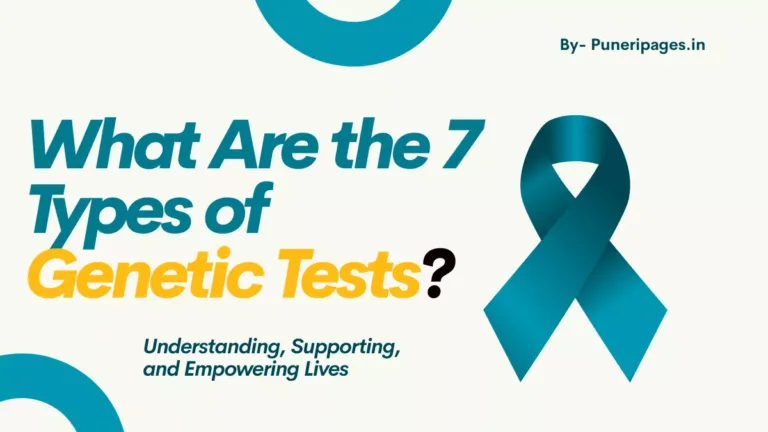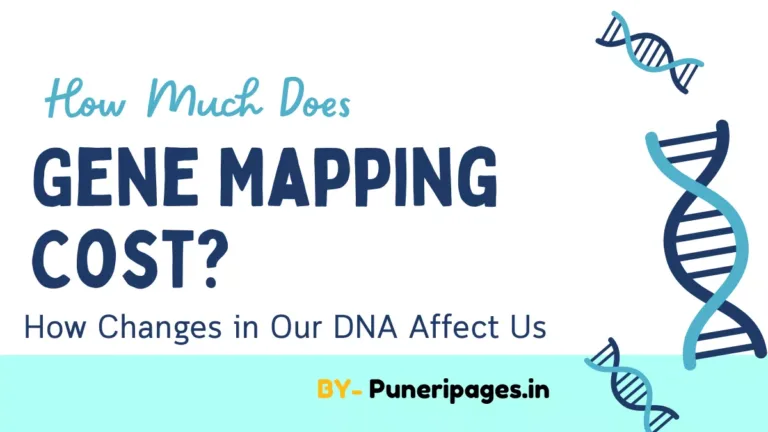
Three-parent babies: A bold new frontier in reproductive science — puneripages.in
By Prashant for PuneriPages.in
Imagine this: you’re a parent who carries a devastating genetic condition and you’re told that every child you have might suffer the same fate. It’s a chilling reality many families live with, especially when it comes to mitochondrial diseases. But now, in 2025, science has done something incredible—offering hope in the most unexpected way.
You may have heard the news: eight healthy babies have been born using DNA from three people. Sounds like sci-fi, right? It isn’t. It’s a groundbreaking moment in medical history. And as someone deeply fascinated by how science solves real human problems, I had to unpack this story fully—not just the hype, but the hope, the science, and yes, even the ethical dilemmas.
Table of Contents
The Problem We’re Trying to Solve
Here’s the thing most people don’t know: not all DNA lives in the nucleus of our cells. A tiny but mighty portion lives in the mitochondria—the cell’s power plants. And that mitochondrial DNA comes solely from the mother. If there’s a fault in that tiny strand, it can lead to terrible, inherited diseases: muscle weakness, brain disorders, even death.
And here’s the kicker: there’s been no cure. Mothers carry this guilt and fear, knowing they could pass it on. So when science came up with Mitochondrial Donation Therapy (MDT), it wasn’t about pushing boundaries for fun. It was about giving these mothers a chance to have healthy children.
How Does This Work, Really?
Okay, I know “three-parent babies” sounds wild, but let me break it down in the simplest way I can.
Think of an egg like a chicken egg. The yolk? That’s the main DNA from mom and dad. The egg white? That’s where the mitochondria live.
Here’s what scientists do:
- They take the mom’s egg (with faulty mitochondria) and remove the yolk (the nucleus).
- They take a donor egg (with healthy mitochondria), remove its nucleus, and keep the rest.
- They put the mom’s nucleus into the donor egg.
- Fertilize it with the dad’s sperm.
Boom—you now have an embryo with mom’s and dad’s DNA, but with healthy mitochondria from a third person.
Now technically, yes, this baby has DNA from three people. But here’s the truth: 99.8% of the genetic material comes from the mother and father. The donor only contributes to the mitochondria, like giving a new battery to a phone. The screen, apps, camera—that’s still your own.
So What’s the Big Deal?
The first set of babies born with this technology are healthy. That alone is huge. For parents who thought they could never have healthy biological kids, this is everything.
But of course, it isn’t that simple. Let’s talk about the doubts.
- Safety Concerns: We don’t yet know how these kids will fare decades from now. Could there be side effects from mixing mitochondrial DNA with nuclear DNA from another source?
- Ethics: Some people worry this opens the door to “designer babies.” But let me be clear—this isn’t about choosing eye color or height. This is about avoiding fatal illnesses.
- Identity Questions: What does it mean to have three genetic contributors? Honestly, it’s still being debated. But for now, most scientists agree: the child is genetically the parents’. The donor’s role is purely medical.
Where Is This Legal?
Right now, countries like the UK are leading the way, allowing tightly regulated use of MDT. In India, the conversation is just beginning, but it’s catching up fast. The NDTV and Times of India articles show a shift in how we perceive reproductive rights and innovation.
My Take
As someone who loves science, but even more, believes in its ability to change lives, this story moved me. It’s not just a technical achievement. It’s a symbol of what happens when empathy meets innovation. It’s about saying to those mothers: “You don’t have to give up hope.”
We need to keep asking questions. We need to regulate. But we also need to celebrate what this means for humanity.
If science can help prevent suffering, and do it ethically, isn’t that worth exploring?






